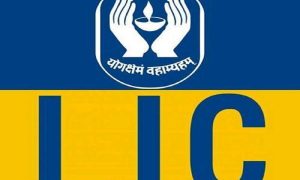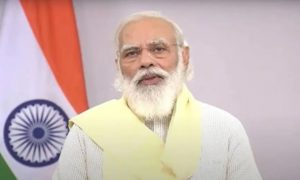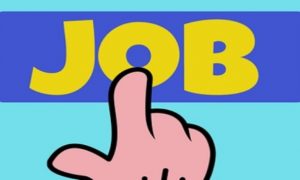Disappointed with the monetary policy committee’s (MPC) decision to keep the repo rate unchanged at 6.5%, the rupee on Friday crashed to new lows hitting 74.2237 against the greenback in intra-day trade before recovering to close at 73.7675.
The currency markets had been hoping the RBI would defend the currency with an interest rate hike. Ashhish Vaidya, MD and head – trading and money markets, DBS Bank India, said that the market was expecting atleast a 25 bps hike if not more in support of the rupee.
“The immediate sell off of the rupee on Friday was completely on account of the MPC not hiking rates and hereon it will be key to track the Brent crude oil prices, US treasury yields and the other global factors that will drive the rupee. The MPC made it very clear that their mandate is to target the inflation.” he said.
Kamal Mahajan, head of treasury and global markets, Bank of Baroda, believes that the market has read too much into the RBI’s statement and in the past 20 years, the RBI has never said it would target a specific value for the rupee.
“RBI is clear it only smoothens volatility. Looking at the non-convertible nature of our capital account, experts argue that our rupee rate is not that elastic to change in interest rates, meaning no increase in the repo rate should not be seen as a negative or a positive for the currency especially when our bond rates are already positive in terms of spreads over the repo-rate. So, from the rupee’s angle there was not much of a scope for the MPC to hike rates,” Mahajan said.
With importers rushing to cover, the premium on one-month forward contracts jumped 21 basis points (bps), over Thursday’s close to 4.91% during Friday’s trading session, before it cooled off to close at 4.69%. On August 1, the premium on the one-month forward contract was around 4.36%.
Patel clarified that the mandate of the MPC is a legislated one and it is a flexible inflation targeting mandate at 4% with a band of +/- 2%. “We had two rate hikes in the space of literally two months and today’s stance of a calibrated tightening essentially means, in this rate cycle, a rate cut is off the table and we are not bound to increase rates at every meeting because that is not required given our inflation outlook and forecast at this point in time. As new data comes in, we would look into changing our policies accordingly but a calibrated tightening is the appropriate stance at this point in time,” Patel said.
On Friday, the dollex had risen to levels of 95.71 levels before softening somewhat. Nonetheless, the dollex was stronger than the 95.29 levels on Monday; in early August the dollex was ruling at around 94.66. The dollar has been strengthening given the US Federal Reserve has been raising interest rates and has declared its intention to raise them further.
Manish Wadhawan, MD and head of fixed income, HSBC India, had earlier told FE that India may need durable long term funds and NRI bonds seem to fit well in this situation. “The possibility of issuance of NRI bonds is not ruled out primarily because our current account deficit (CAD) as we face a mismatch due to the foreign institutional investors (FII) flows,” he said.
The currency has lost 7.3% since August 1 and around 13.5% since January.
For more updates: Like us on Facebook and follow us on Twitter & Instagram




































